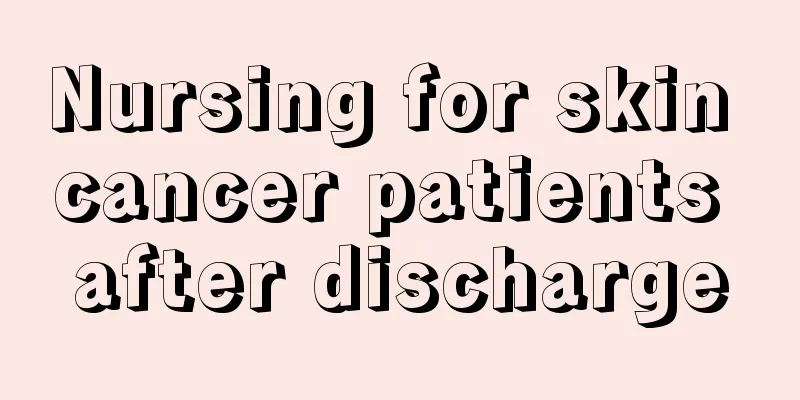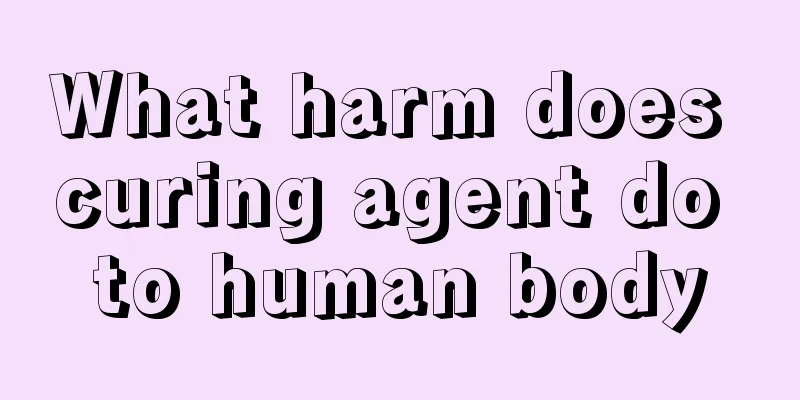Head hurts, eyes heavy

|
People may occasionally feel that their heads are becoming very uncomfortable and their eyes are groggy. This means that their bodies are overloaded and they need to pay more attention to rest in order to improve their symptoms. Generally speaking, they still need to do some examinations to better diagnose their symptoms and avoid indiscriminate use of medication during treatment. History of present illness: Physical examination pays attention to the nervous and muscular systems, head, eyes, ears, nasopharynx, neck, and lymph nodes. 1. Sinusitis 1. Symptoms and signs: dull pain in the forehead, unilateral or bilateral forehead or maxillary pain on palpation, fever, fatigue, sore throat, runny nose. 2. Diagnosis: physical examination, sinus X-ray. 3. Treatment: anti-nasal congestion drugs, analgesics, and antibiotics. 4. Follow-up: Follow-up when symptoms reappear or recur. 2. Brain diseases 1. Symptoms and Signs (1) Brain abscess: local headache that worsens within a few days, nausea and vomiting, local or systemic convulsions, and drowsiness. (2) Subdural hematoma: decreased level of consciousness, drowsiness, irritability, headache, dizziness, personality changes, and confusion. (3) Encephalitis: severe widespread headache, decreased level of consciousness within 48 hours after the onset of headache, fever, stiff neck, irritability, convulsions, nausea and vomiting, and photophobia. (4) Epidural hematoma: severe progressive headache, unilateral spasm, decreased level of consciousness, hemiplegia, and high fever. (5) Rupture of cerebral aneurysm: sudden severe unilateral headache, nausea, vomiting, changes in consciousness level, and changes in visual field. (6) Intracranial hemorrhage: severe widespread headache, rapid decrease in consciousness level, hemiplegia, aphasia, dizziness, nausea, vomiting, irregular breathing, and positive Babinski sign. (7) Brain tumors: localized or widespread headaches; intermittent deep pain that worsens in the morning; personality changes; changes in level of consciousness. 2. Diagnosis: based on history of head trauma, lumbar puncture, and imaging examination (computed tomography, MRI, arterial angiography). 3. Treatment: Antibiotics, analgesics, anticonvulsants and osmotic diuretics. Surgery should be performed if necessary. Chemotherapy and radiotherapy should be performed if the tumor spreads. 4. Follow-up: Visit a neurologist or neurosurgeon. |
Recommend
What tests should be done if lung cancer is suspected? 6 tests that must be done to screen for lung cancer
1. Chest X-ray can be used as a routine method fo...
The efficacy and function of white sugar
Everyone should know that white sugar provides en...
To prevent lung cancer, you should develop good kitchen habits
We know that cooking fumes are a risk factor for ...
I feel pain in my lower abdomen, what's going on?
In our daily lives, we often feel various discomf...
Lavender essential oil removes acne marks
Many people have acne scars, which are left after...
6 healthy porridges suitable for the transition from winter to spring
Note on eating during the winter-spring season Wh...
Self-test health: Tapping your fingers can measure brain health
The brain is a very important part of the human b...
Pregnancy and childbirth during the early stages of esophageal cancer
Surgery in the early stages of cancer can kill ca...
The ears are itchy and hot inside, find out the reasons
In life, I believe everyone has experienced itchy...
Does it hurt to wash your teeth?
Incorrect brushing methods can easily lead to the...
How to treat early cervical cancer
What is the best way to treat cervical cancer? Ce...
What causes pain after breast cancer surgery
The pain caused by the wound after surgery is con...
Benefits of boxing
Boxing requires relatively high arm muscle develo...
How long does nerve repair take
Nerve repair takes about three months to six mont...
Several small methods to prevent teratoma
Women should take regular gynecological examinati...









